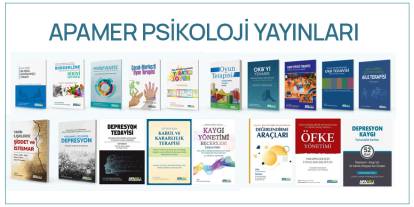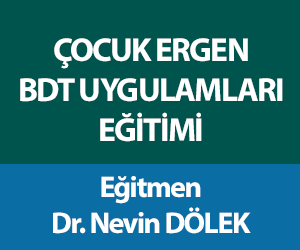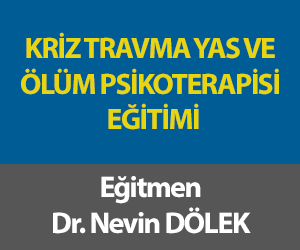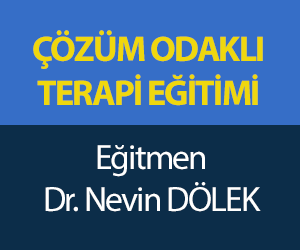Autism remains lightening rod

McClatchy-Tribune Information Services - Autism is a word that causes instant angst among parents, not just because the reality of it can be so harsh and there is no medical treatment, but also because myths about it continue to grow.
The brain development disorder is characterized by impaired social interaction and communication and restricted and repetitive behavior.
"It's just a lightening rod topic in the field, with information and misinformation flying around the Internet," Dr. Mark Bertin said during a presentation at Danbury Hospital's annual pediatric conference Thursday.
"The developmental path of a typical child requires them to intuitively read other people and learn to interact and communicate, but children with autism don't."
The number of children with the disease, along with the symptoms, treatment and prognosis for the future, all contribute to families' fears.
But, Bertin said, the statistic that one of every 150 children will be diagnosed on the autism spectrum compared to 1 in 300 just 20 years ago must be put in perspective.
For one thing, a better understanding of autism spectrum disorders means they are more often recognized and diagnosed now.
In addition, the diagnosis has expanded to include more disorders -- autism, Asperger's syndrome, pervasive developmental disorder, and regressive disorders -- all connected by a child's deficient social skills.
"We have a better understanding of autism spectrum disorders, and now that we know what to look for we define it with milder symptoms that were not diagnosed before," Bertin said.
In 1980, 20,000 children were diagnosed with autism spectrum disorder. In 2003, 125,000 were diagnosed. Bertin said during that time the number of children diagnosed with mental retardation dropped as the number of children with autism increased.
The total number of children with one or the other didn't change, which shows the increase in autism had to do with relabeling children's disorders.
"There is a huge amount of relabeling, and that is how you can explain the vast increase in the autism spectrum disorder," Bertin said, adding that some of the increase is not explained.
The cause of autism is still not fully understood. Bertin discounted the theory that childhood vaccines play a role, since research shows there is no difference in the statistics of children who receive vaccines or those who don't and the onset of autism does not correlate to the time the child receives the vaccination.
But some facts are becoming known.
There is a threefold increase in autism among children of older fathers. Some people may have genetic triggers. Two-thirds of children with autism had rapid head growth from 6 to 14 months, and greater brain growth may correlate with more severe symptoms.
Screening and early intervention is key, Bertin said, adding that there are red flags in a child's social, behavioral and language development that parents can watch, in addition to the screenings pediatricians should perform.
Once there are concerns, parents need a medical diagnosis of the disorder as well as an educational diagnosis to determine what services the child needs.
"After diagnosing, what you want is an intensive intervention," Bertin said.
That means more than lining up services. It means connecting parents to support groups and informing parents about the misinformation that could send them on the wrong track.
"The core intervention for a child with autism is behavior therapy," Bertin said.
Adults must ensure the focus is on building the social skills of a child diagnosed with autism spectrum disorder, no matter how well a child is doing in academics.
Some recommendations call for 25 hours of services a week, though many kids do well on less, he said.
"It's like with any other skill that the child wants to learn, it has to be practiced every day. There is a benefit to intense early intervention," Bertin said, though even kids who are diagnosed later will benefit.
Danbury's three school-based health clinics can help identify children who may not have been diagnosed before.
"When you see a child with poor social skills, with poor eye contact, who is not succeeding in school, it has to be looked at to make sure you are not missing something," said Nancy Munn, nurse practitioner at Danbury's Rogers Park Middle School. "There is still time to support them."
She encourages parents to take their young children to play groups, so they can see if they are developing like the other children, and, if not, get them help.
Danbury also has a new Special Education Parent Teacher Association, which will provide workshops and other resources so parents and teachers and other residents can understand the problems students face with learning disabilities, social issues or autism.
"We are a link in the chain to getting parents information -- especially once parents find out about their child's diagnosis -- to help them know where to go for support," said Michelle Keenan, president of Danbury SEPTA.
Jack Fong, clinical associate professor of pediatrics at New York Medical College and retired chief of pediatrics at Danbury Hospital, said autism is a difficult issue for parents.
"Most behavioral and psychiatric conditions are vague. It's not a hard science," he said. "It becomes challenging and confusing."
An knowledge about the future of children with autism spectrum disorders is limited, so doctors have little to offer families except that a child's progress will relate to the severity of the disorder, Bertin said. "Research is relatively new, so we don't know about long-term prognosis."
Contact Eileen FitzGerald
at eileenf@newstimes.com
or at (203) 731-3333.
Red flags for autism spectrum disorders Social development No big smiles by or after 6 months. No back and forth sharing of sounds or facial expression by 9 months. No back and forth gestures like pointing or reaching or waving by 12 months. Poor response to name. Language development Not responding to name by 12 months. No babbling by 12 months. No single words by 16 months. No two-word spontaneous phrases by 24 months. Behavior development No creative or imaginative play. Stuck on toys or topics. Unusual repetitive behaviors. Workshop Handling the maze of special education Nov. 18 7 to 9 p.m. C.H. Booth Library, Main Street, Newtown Presented by psychologist Charles Manos, coordinator of special services for Danbury public schools Free and open to the public. To see more of the News-Times or to subscribe to the newspaper, go to http://www.newstimes.com. Copyright (c) 2008, The News-Times, Danbury, Conn. Distributed by McClatchy-Tribune Information Services. For reprints, email tmsreprints@permissionsgroup.com, call 800-374-7985 or 847-635-6550, send a fax to 847-635-6968, or write to The Permissions Group Inc., 1247 Milwaukee Ave., Suite 303, Glenview, IL 60025, USA.
Copyright (C) 2008, The News-Times, Danbury, Conn.









Türkçe karakter kullanılmayan ve büyük harflerle yazılmış yorumlar onaylanmamaktadır.